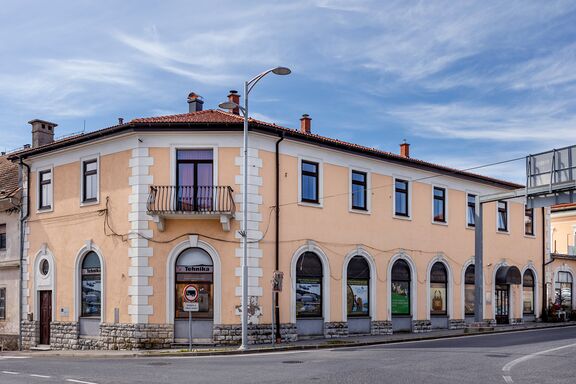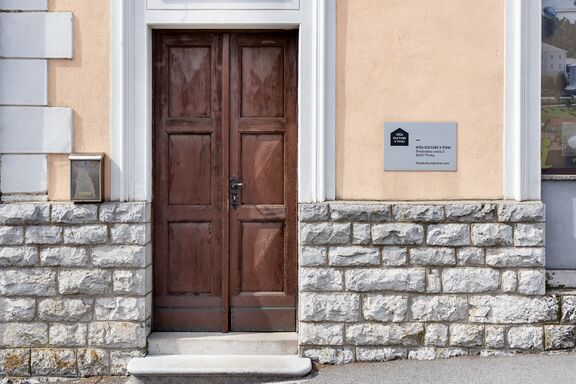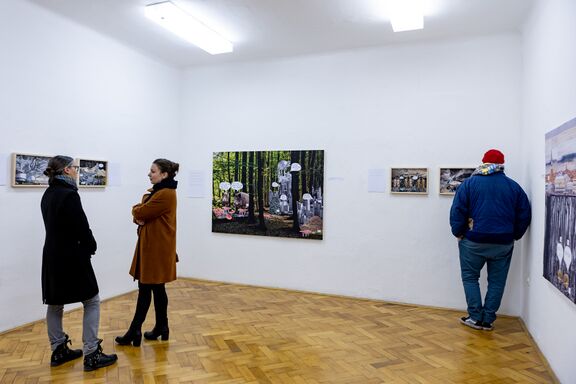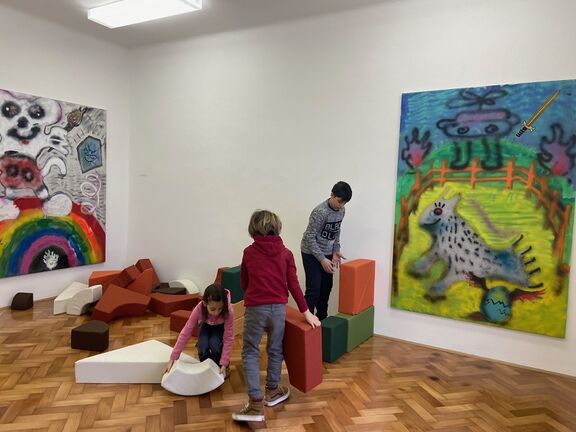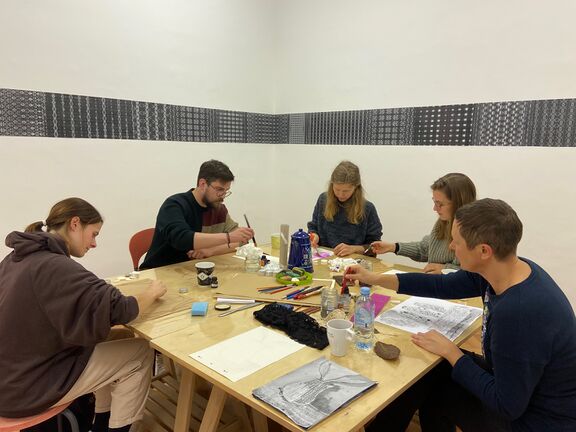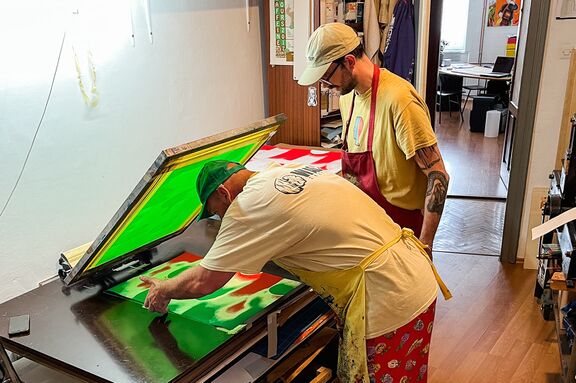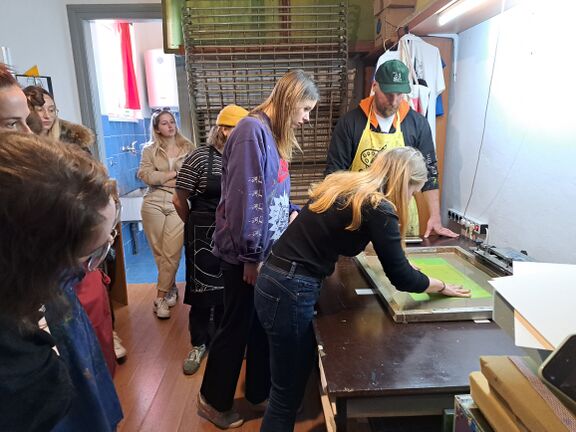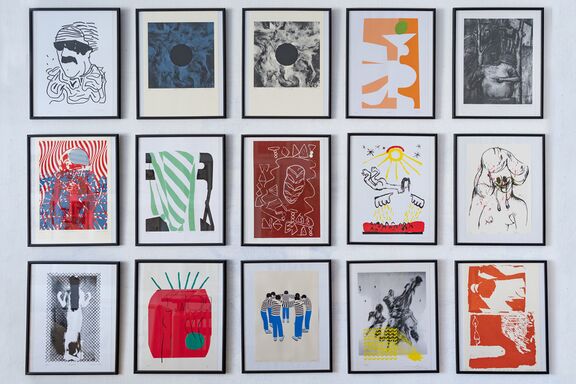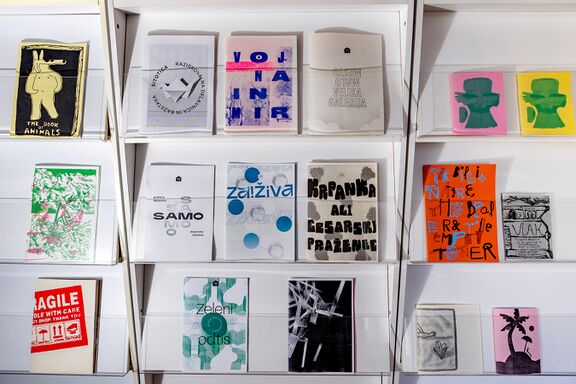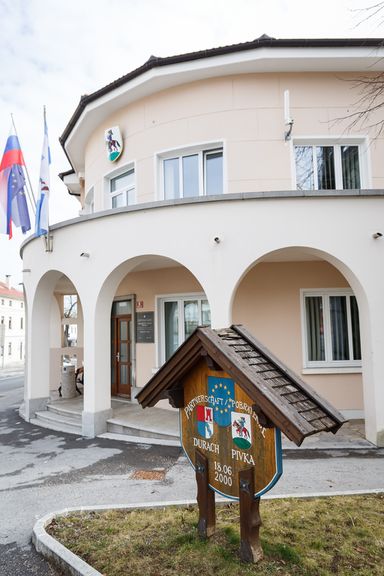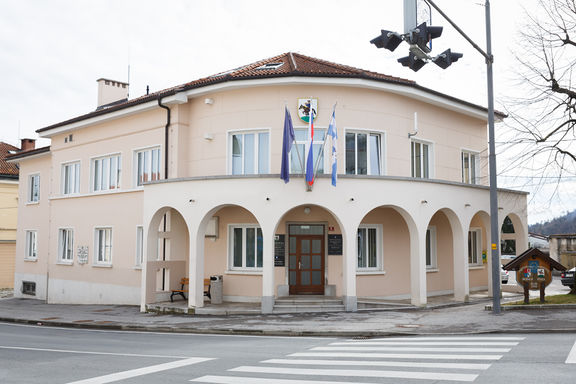Difference between revisions of "Municipality of Pivka"
| Line 25: | Line 25: | ||
[[Municipality of Pivka]] covers a total area of 223 square kilometres and has a population of 6162 people (2019) living in 30 settlements. The town of Pivka has 2.185 inhabitants. Located in the Karst region, its original name was Šent Peter na Krasu (literally, 'Saint Peter in the Karst') and may be traced back to 1300 when it was mentioned as villa Sancti Petri super Piucha ('St. Peter above the Pivka River'). The name of the settlement was changed from Šent Peter na Krasu to Pivka in 1952. | [[Municipality of Pivka]] covers a total area of 223 square kilometres and has a population of 6162 people (2019) living in 30 settlements. The town of Pivka has 2.185 inhabitants. Located in the Karst region, its original name was Šent Peter na Krasu (literally, 'Saint Peter in the Karst') and may be traced back to 1300 when it was mentioned as villa Sancti Petri super Piucha ('St. Peter above the Pivka River'). The name of the settlement was changed from Šent Peter na Krasu to Pivka in 1952. | ||
}} | }} | ||
| + | |||
| + | |||
| + | == Historical background == | ||
The Pivka region was a strategically important location since ancient times, however, it became even more important with the construction of the railway from Vienna to Trieste in 1857 and the railway from Šent Peter na Krasu to Rijeka twenty years later. In 1930, while it was under the Italian control, the strategic hills over the town were heavily fortified and included in the Alpine Wall system of defenses. | The Pivka region was a strategically important location since ancient times, however, it became even more important with the construction of the railway from Vienna to Trieste in 1857 and the railway from Šent Peter na Krasu to Rijeka twenty years later. In 1930, while it was under the Italian control, the strategic hills over the town were heavily fortified and included in the Alpine Wall system of defenses. | ||
| − | + | ||
| + | == Cultural infrastructure == | ||
| + | |||
| + | [[Krpanov dom Pivka]] is a multifunctional cultural and educational space renovated in 2015. | ||
The [[Pivka House of Culture]] ("Hiša kulture") is a local cultural centre, set in Pivka in 1998 as an open space for a wide range of activities. Its premises include a youth culture club, a graphic atelier, and a gallery presenting contemporary urban art, thus becoming an important contemporary art gallery between Ljubljana and Koper. | The [[Pivka House of Culture]] ("Hiša kulture") is a local cultural centre, set in Pivka in 1998 as an open space for a wide range of activities. Its premises include a youth culture club, a graphic atelier, and a gallery presenting contemporary urban art, thus becoming an important contemporary art gallery between Ljubljana and Koper. | ||
| + | |||
| + | The [[Park of Military History Pivka]], which was established in 2006, holds one of the biggest and possibly most diverse military history collections in this part of Europe. | ||
{{image|Pivka House of Culture 2020 Exterior Photo Kaja Brezocnik.jpg}} | {{image|Pivka House of Culture 2020 Exterior Photo Kaja Brezocnik.jpg}} | ||
| Line 39: | Line 47: | ||
* [[Park of Military History Pivka]] | * [[Park of Military History Pivka]] | ||
* [[Pivka House of Culture]] | * [[Pivka House of Culture]] | ||
| + | * [[Krpanov dom Pivka]] | ||
* [[:Category:Municipalities|List of municipalities]] | * [[:Category:Municipalities|List of municipalities]] | ||
Revision as of 22:02, 21 April 2020
Historical background
The Pivka region was a strategically important location since ancient times, however, it became even more important with the construction of the railway from Vienna to Trieste in 1857 and the railway from Šent Peter na Krasu to Rijeka twenty years later. In 1930, while it was under the Italian control, the strategic hills over the town were heavily fortified and included in the Alpine Wall system of defenses.
Cultural infrastructure
Krpanov dom Pivka is a multifunctional cultural and educational space renovated in 2015.
The Pivka House of Culture ("Hiša kulture") is a local cultural centre, set in Pivka in 1998 as an open space for a wide range of activities. Its premises include a youth culture club, a graphic atelier, and a gallery presenting contemporary urban art, thus becoming an important contemporary art gallery between Ljubljana and Koper.
The Park of Military History Pivka, which was established in 2006, holds one of the biggest and possibly most diverse military history collections in this part of Europe.
See also
External links
- Pivka Municipality website (in Slovenian)
- on Wikipedia



